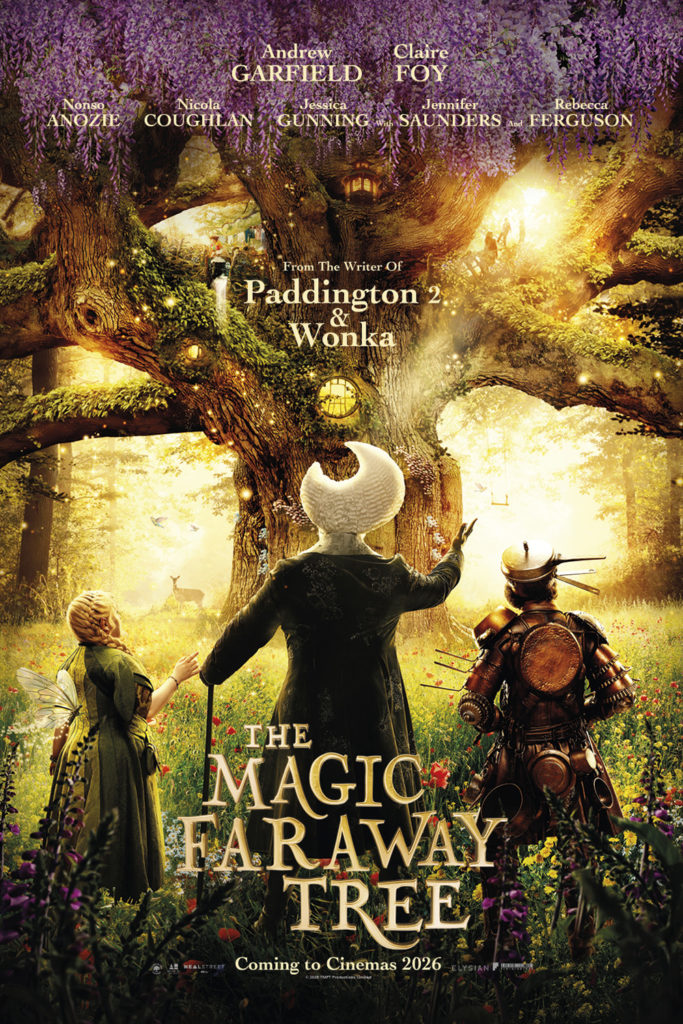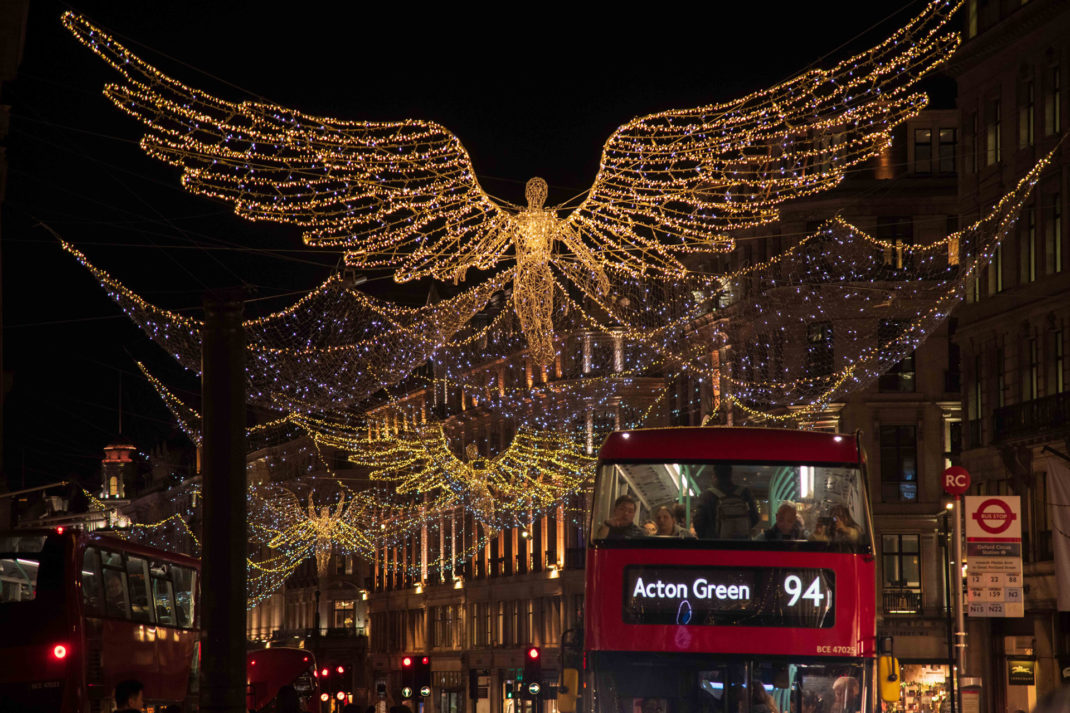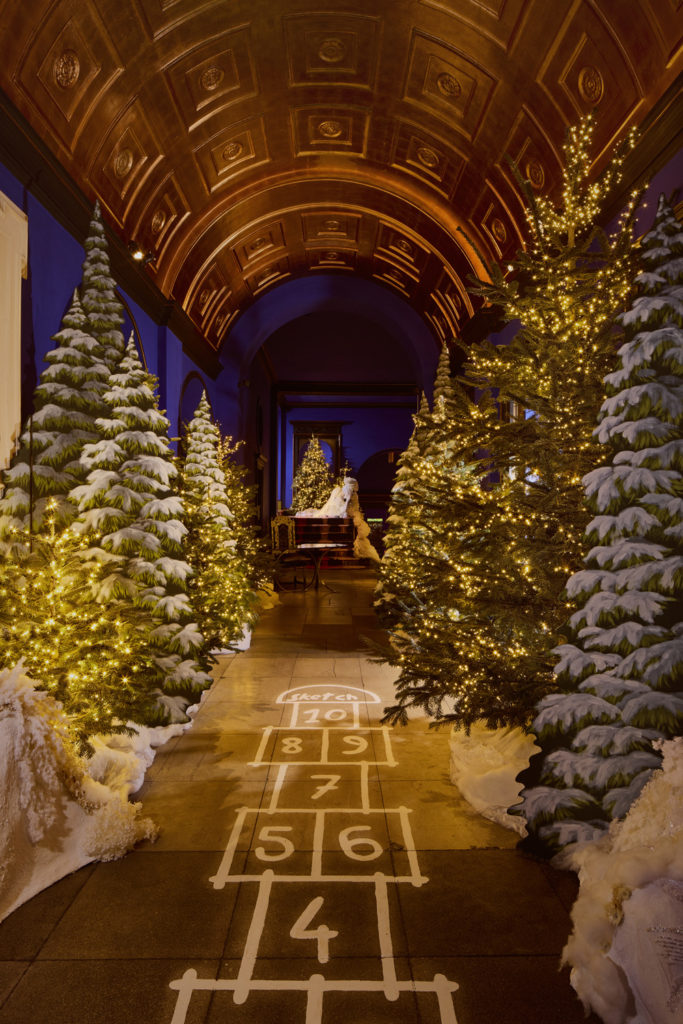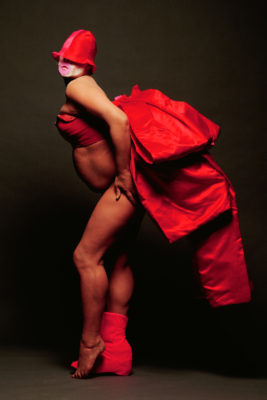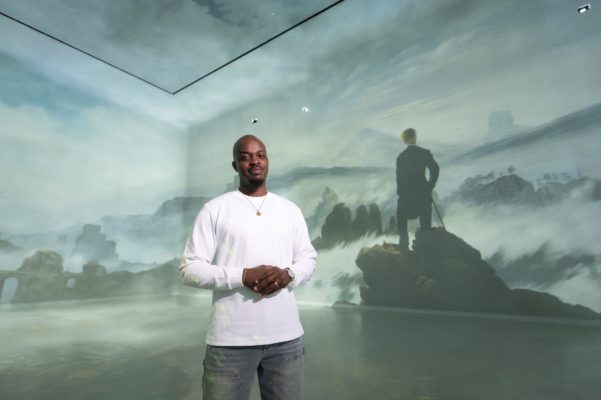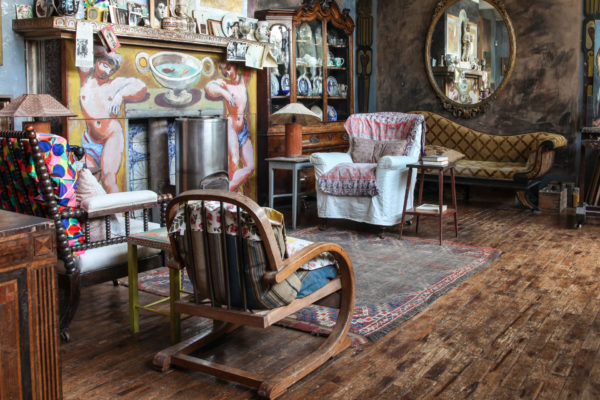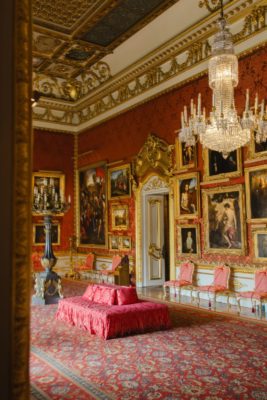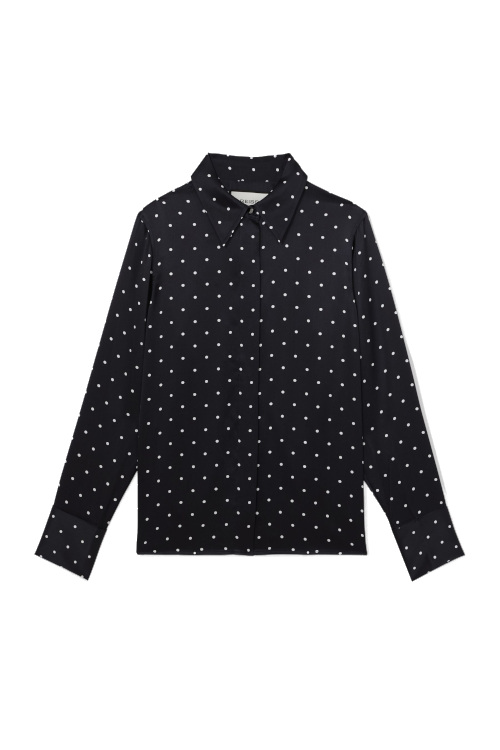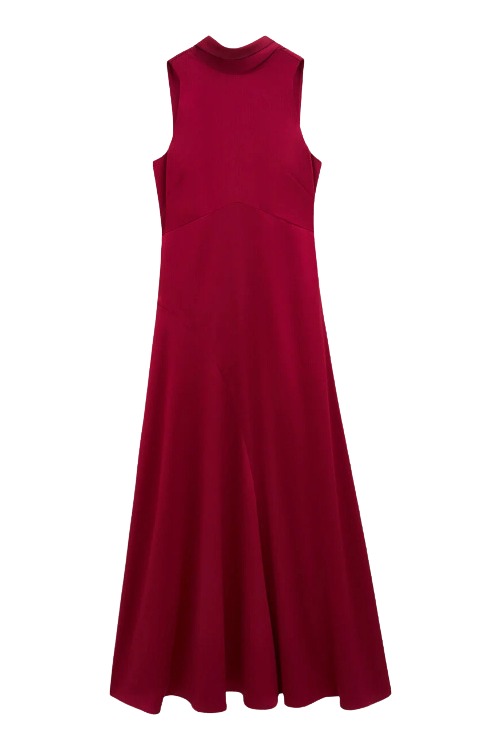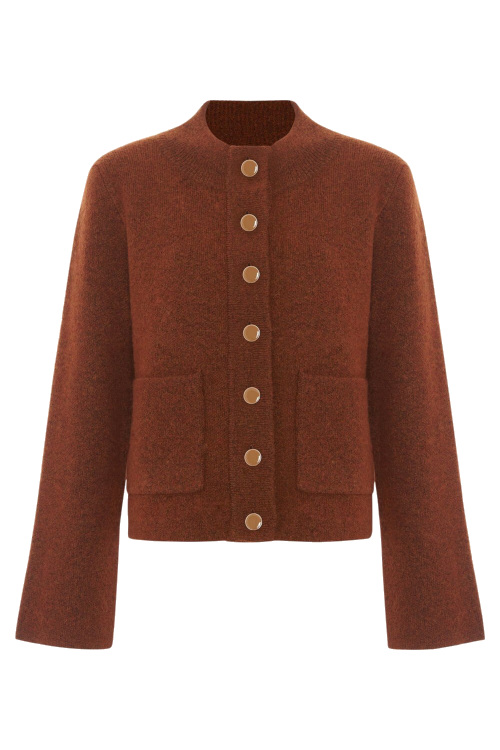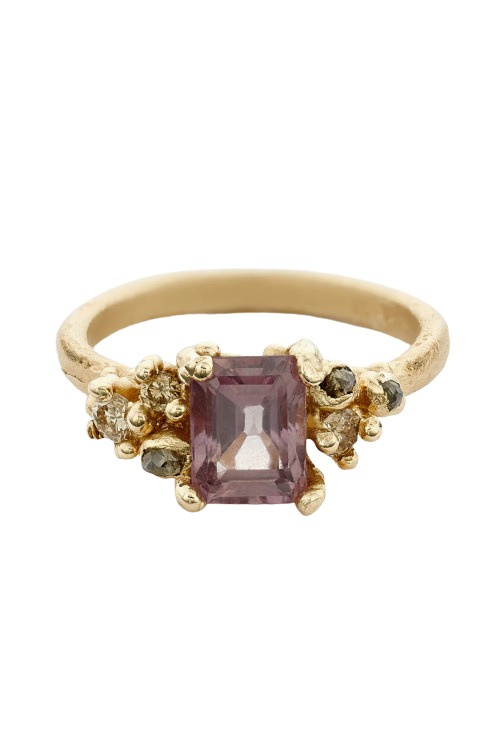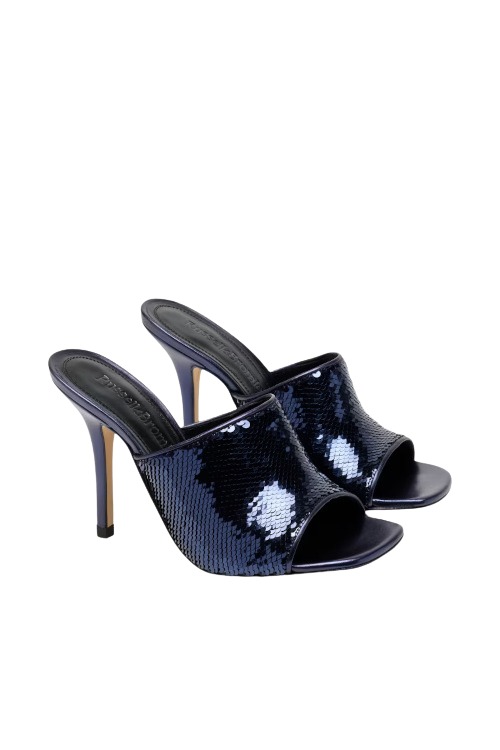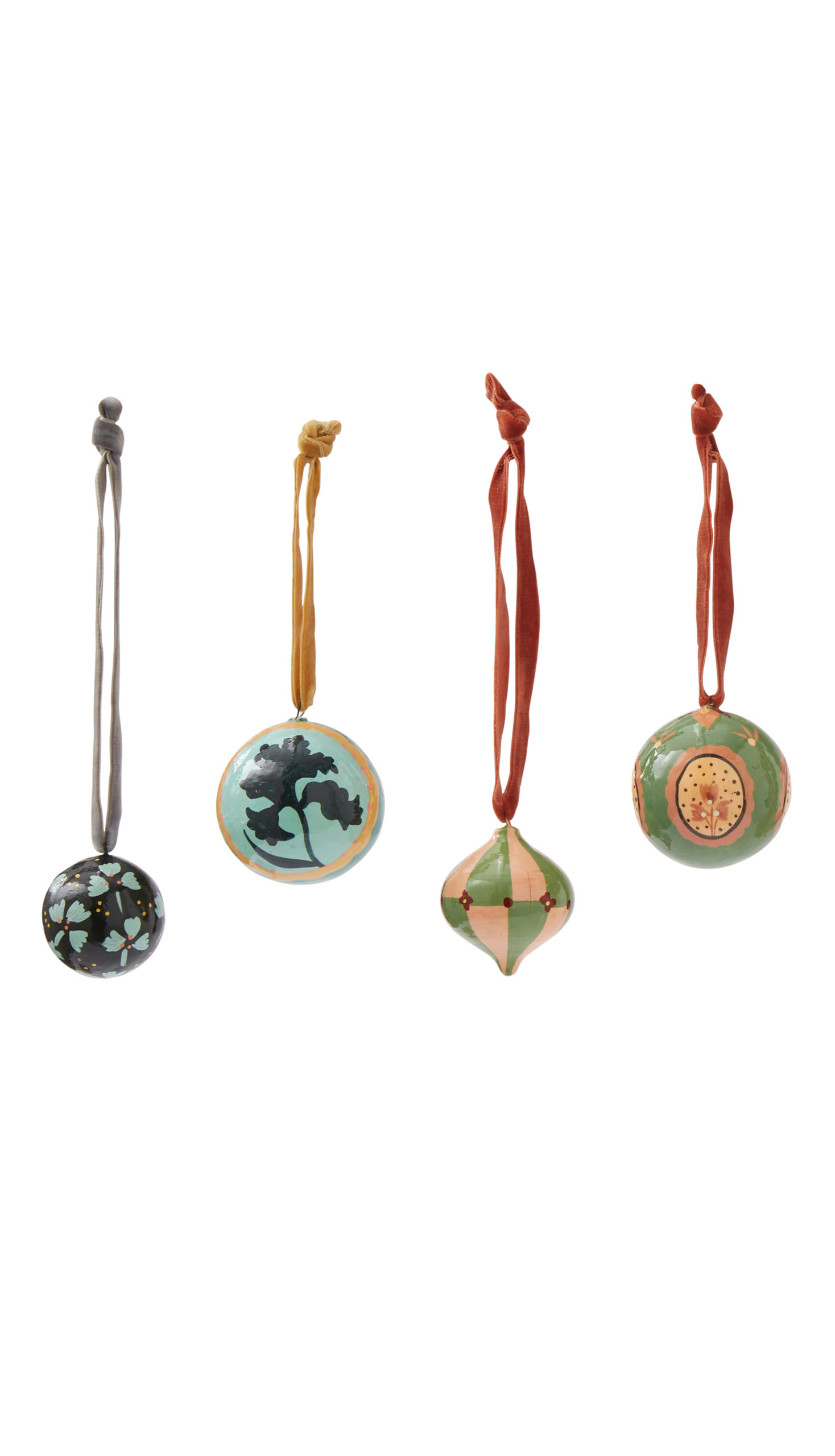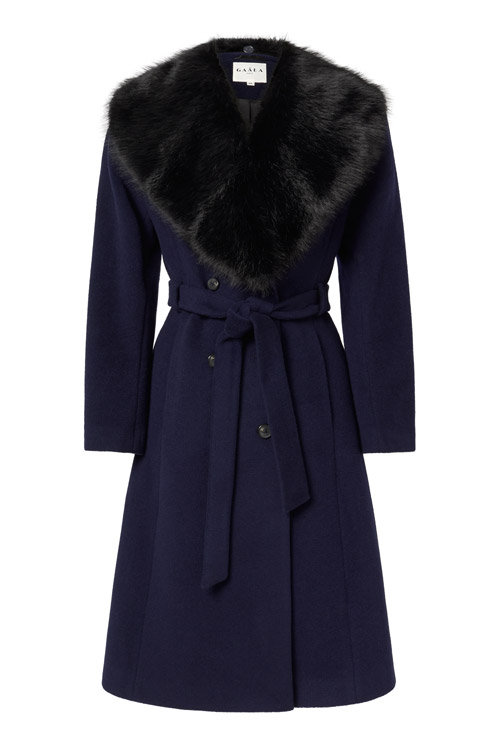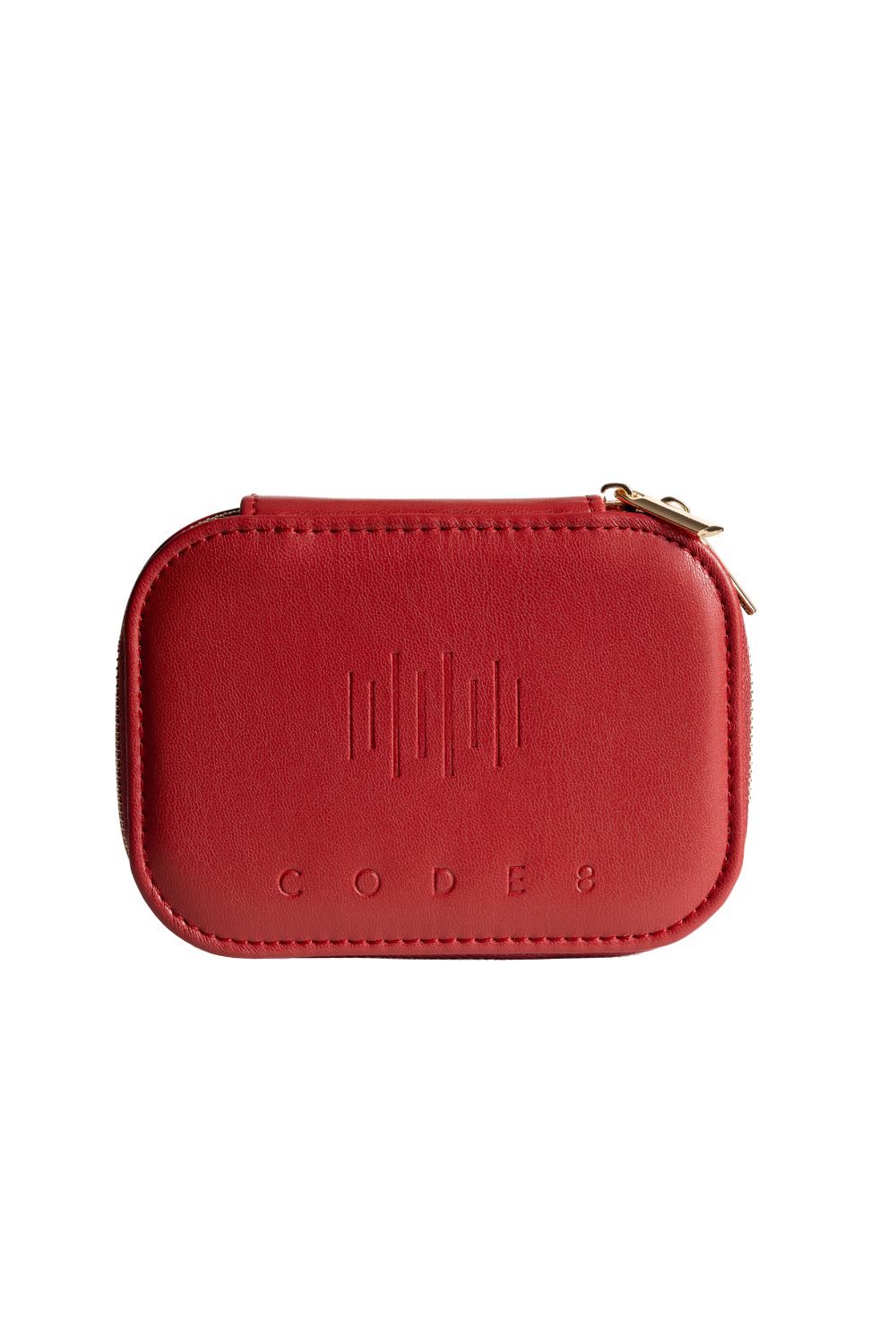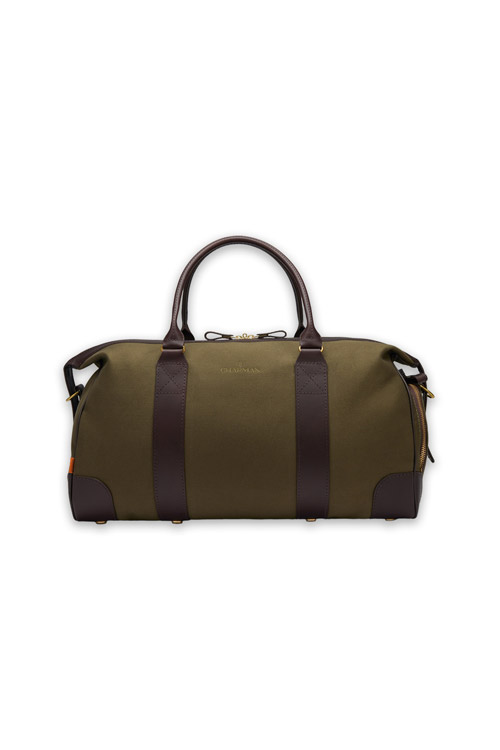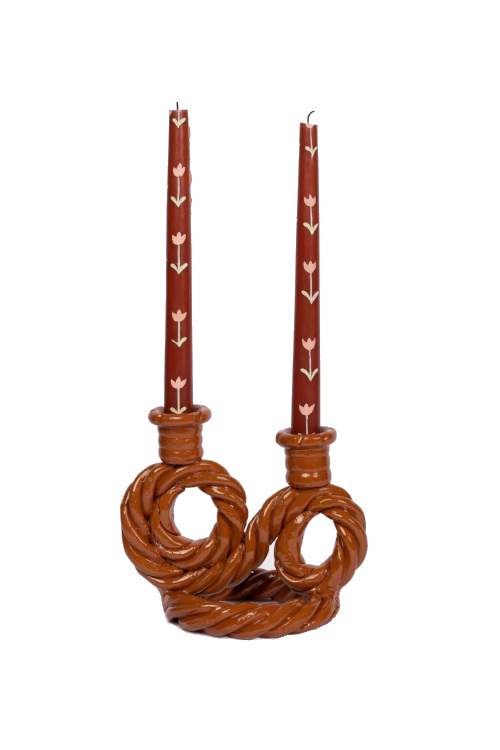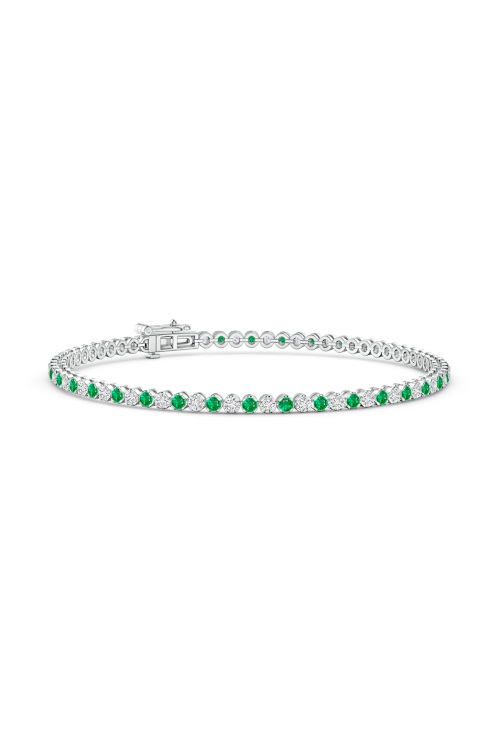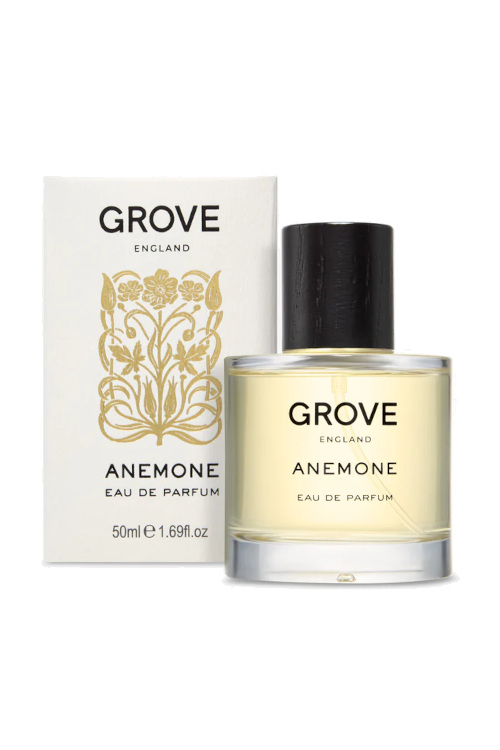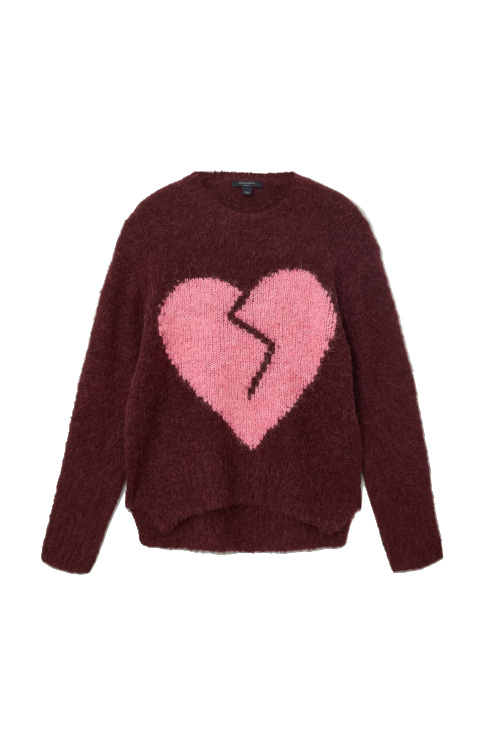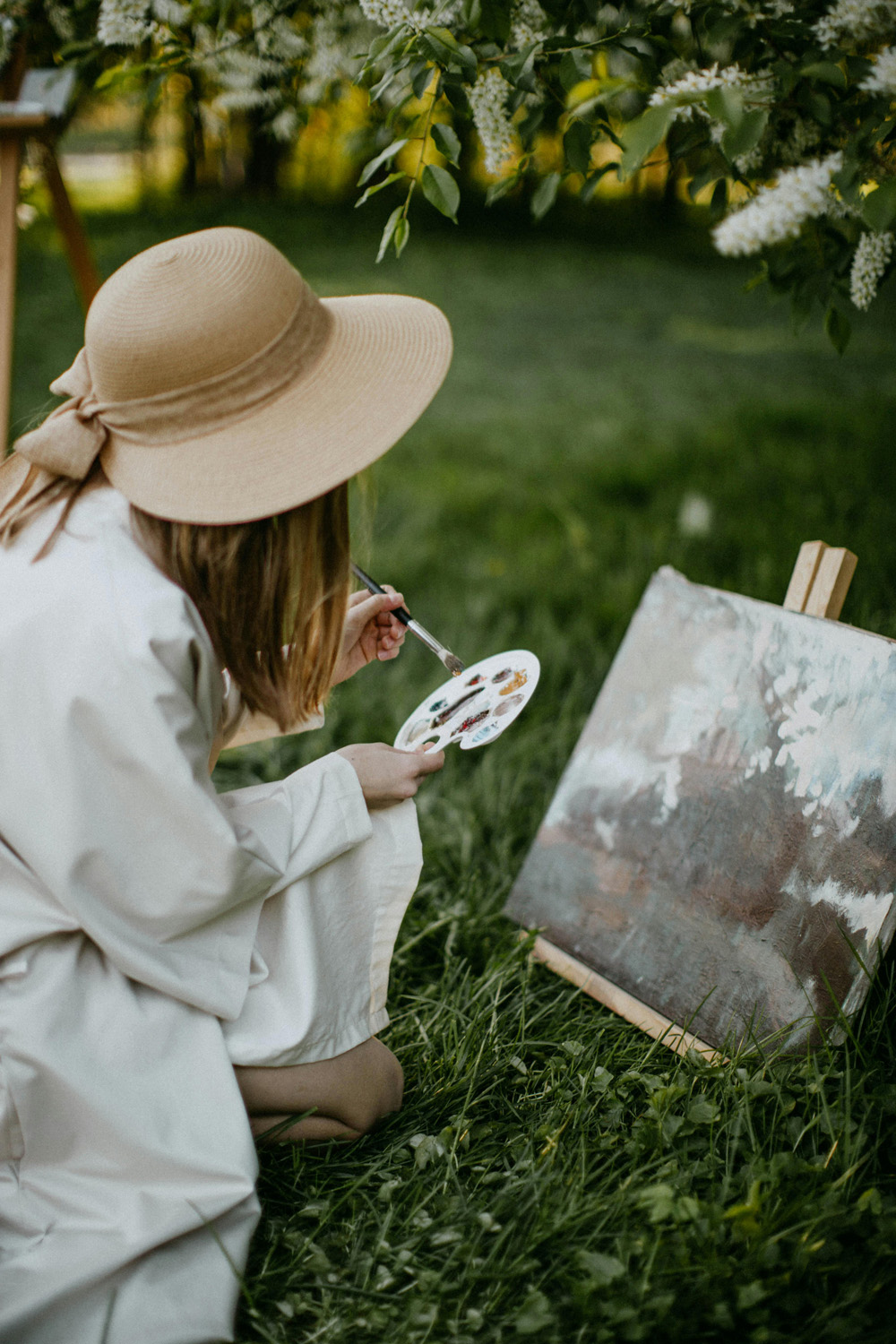
How To See More Art By Women In London
By
5 months ago
A curator’s guide to the city’s art scene
It’s a tale as old as time: women are underrepresented in the art world. As curator, collector and art advisor Sigrid Kirk points out, the London art landscape ‘is still uneven’. ‘Women make up over 60 percent of art and design students, but only around 35 percent of artists represented by UK galleries,’ Sigrid tells C&TH.
‘As writer and curator Hettie Judah often points out, the market still skews male,’ Sigrid continues. ‘Globally, women artists make up just 5 percent of major museum collections by value – a stat that holds true for London too.’
It’s a sorry state of affairs, but ‘things are shifting’, Sigrid reassures us. ‘More galleries are backing women, institutions are catching up, and leadership programmes are pushing change. London isn’t moving as fast as New York or as structurally as Paris, but it’s not standing still either.’
We sat down with Sigrid to find out more, plus pick her brain for the best places in London to appreciate art by women.
How To See More Art By Women In London
Let’s start with the background: the disparity between men’s and women’s art in London’s museums and galleries can be traced back to unequal access to art education. ‘Historically, collecting and institutional acquisitions in London heavily favoured men, largely because major collections were built before women had equal access to art education,’ Sigrid explains. ‘These legacy imbalances are hard to undo, but we’re seeing real efforts to reframe.’
For example, Polly Staple and Linsey Young’s 2023 rehang of the Tate Britain ‘ensured half of its contemporary displays are now by women’, Sigrid says, an example of ‘shifting focus rather than “rediscovering” artists already in the archive’.
Other examples at major institutions include the National Portrait Gallery, which took the opportunity of its huge refurbishment to also overhaul its representation of women across the gallery under Flavia Frigeri’s Reframing Narratives project. This brought the gallery’s collection ‘close to 50 percent women’, Sigrid says, with new acquisitions including powerful works by Everlyn Nicodemus and Sonia Boyce. ‘Victoria Siddall’s appointment as Director in 2024 marks a significant shift too,’ Sigrid points out.
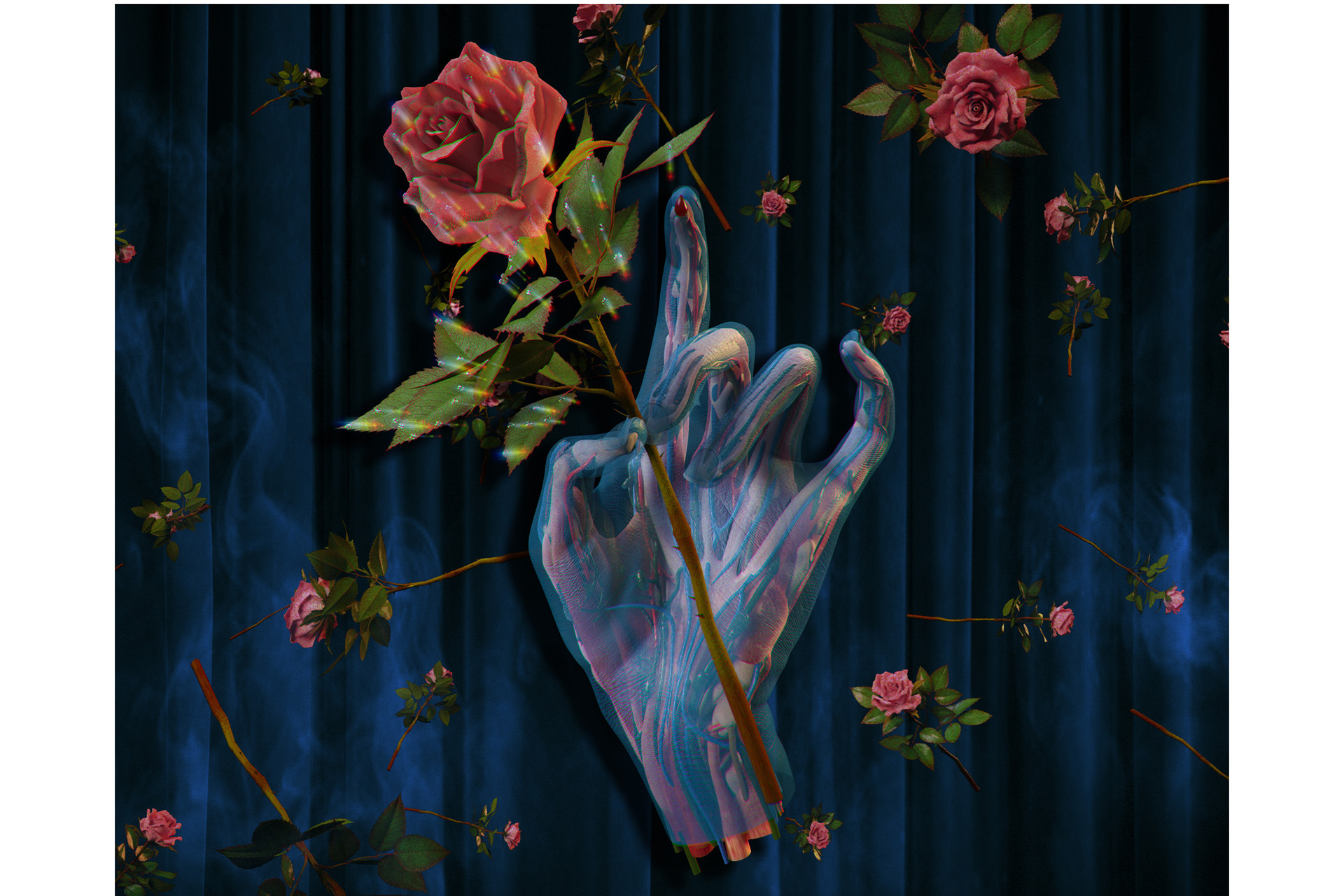
Tai Shani’s The Spell or the Dream will be on display from 7 August to 14 September 2025 at Edmond J. Safra Fountain Court, Somerset House. (© Adam James Sinclair and Lotti V Closs, 2024)
But still: ‘It’s rare to find a UK institution where works by women truly reach parity,’ Sigrid says. ‘The approach is more about strategic interventions, like the Dulwich Picture Gallery pairing historical works with contemporary pieces – such as Gated Canyons, the highly anticipated exhibition by the acclaimed artist Rachel Jones – alongside its permanent collection of Baroque masterpieces.
Elsewhere, ‘Eliza Gluckman at the Government Art Collection committed to two years of acquiring only women’s work, and Elizabeth Murdoch’s Freelands Foundation continues to spotlight mid-career women artists,’ Sigrid says. ‘I’m especially excited for Joy Gregory’s show at the Whitechapel this September – it’s long overdue.’
There are many reasons gender parity still hasn’t been reached in London’s major art institutions – and won’t be for a long time – spanning entrenched historical biases, a persistent lack of diverse representation in leadership and curatorial roles, and systemic inequalities in funding for the work of women artists. That said, London’s smaller galleries have more space to play.
‘London’s smaller galleries are at the forefront of gender equity, showcasing overlooked feminist and queer voices with dynamic, flexible programming,’ Sigrid says. ‘Kate MacGarry champions female painters, sculptors, and installation artists. Rose Easton, a tiny Bethnal Green space, is expanding and promoting experimental work by emerging women. Richard Saltoun focuses on feminist, conceptual, and political art, highlighting under-recognised women pioneers. SLQS offers a global, youthful perspective with diverse female viewpoints. Pippy Houldsworth balances established and emerging artists, with its Project Space spotlighting innovative women’s solo shows. Arcadia Missa near Selfridges is a key hub for post-internet, feminist, and queer discourse. Mimosa House, curated by Daria Khan, supports women and queer creatives through experimental exhibitions and events, including this summer’s Jalsaghar by Debjani Banerjee.
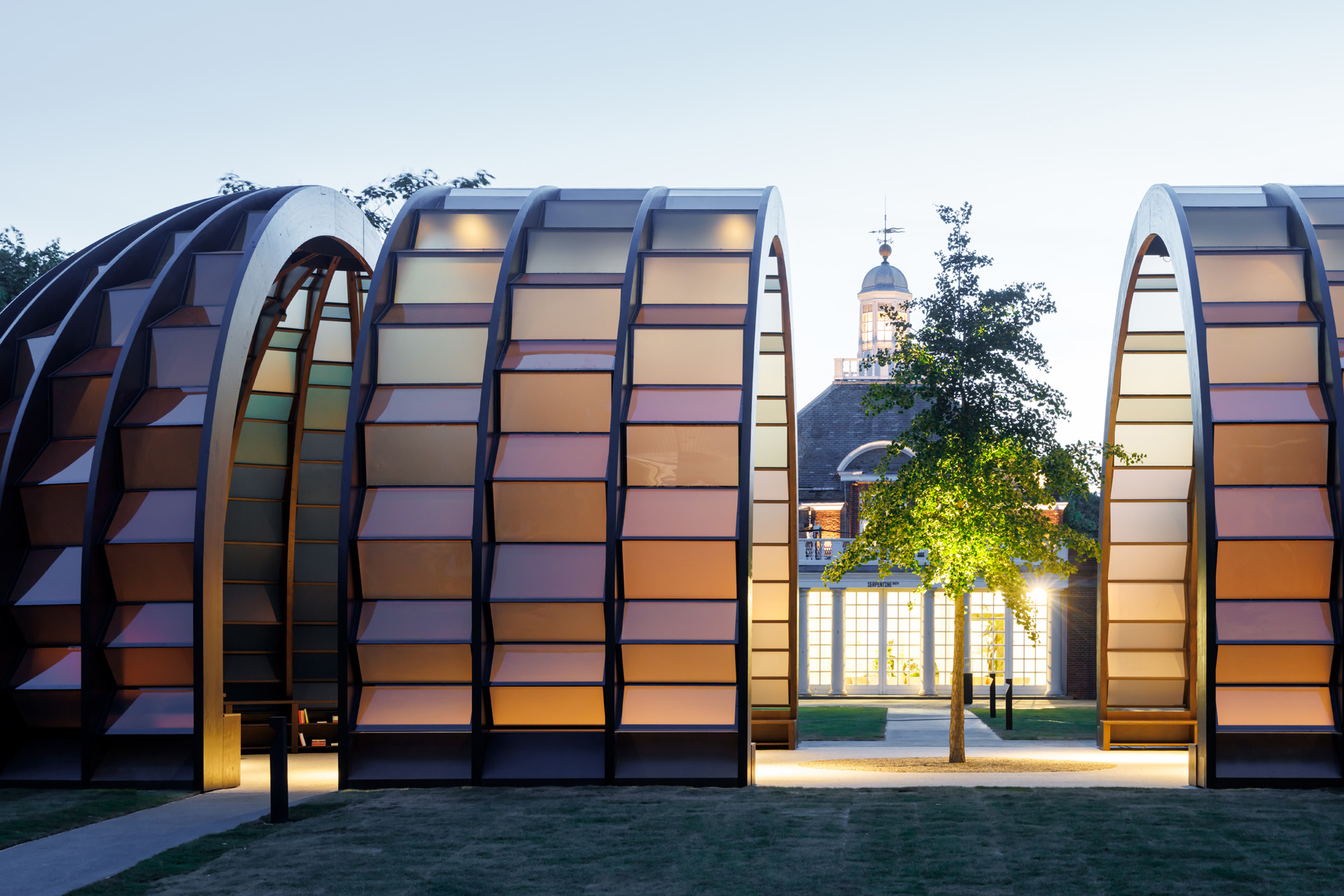
The 2025 Serpentine Pavilion was designed by Marina Tabassum. (A Capsule in Time © Marina Tabassum Architects/Iwan Baan/Serpentine)
‘Together, these largely female-led galleries form a vibrant ecosystem advancing visibility and value for women artists in London,’ Sigrid says. ‘There are so many extraordinary women shaping London’s art world right now. It’s no surprise, really – about 75 percent of the visual arts workforce in the UK is female, according to the AWITA x Artnet survey. That’s a huge talent pool driving change.’
Examples of women in changemaking roles include curator Andrea Schlieker, Director of Exhibitions & Displays at Tate Britain; ‘her 2022 Cornelia Parker survey was a masterclass in clear, impactful presentation of conceptual art,’ Sigrid says. She also cites the Royal Academy’s Tarini Malik, freelance curator Beth Greenacre, the Courtauld’s paintings curator Dr. Karen Serres, Auto Italia London’s director Dr. Maggie Matić, Somerset House’s Marina Doritis, Waltham Forest’s Philippine Nguyen and the Serpentine’s Kay Watson as important figures uplifting the work of women in important institutions across London.
‘London is seeing a real surge in platforms championing women,’ Sigrid says. For example: ‘Echo Soho, a new women-led satellite fair launching during Frieze Week 2025, is set to spotlight female-led galleries and underrepresented voices, thanks to India Rose James of Soho Revue.’
‘Collectors are also playing a key role,’ Sigird adds. ‘Yan Du opens Yan Du Projects this October in Bedford Square, a non-profit space dedicated to contemporary Asian and diasporic artists, kicking off with Duan Jianyu and Bangkok-based Harit Srikhao. Increasingly, female patrons are running artist residencies that prioritise care, mentorship, and sustainability over market pressures. These were highlighted at AWITA’s Women Who Run Residencies event at Christie’s and Cura Arts showcase curated by Georgia Powell and Liza Shapiro.’
‘Market momentum is growing, too,’ Sigrid points out. ‘Jenny Saville’s Mirror sold for £2.1 million at Sotheby’s in June 2025, reflecting rising demand for women’s work. Even public art is evolving: Frieze Sculpture Park, curated by Fatos Üstek, has pushed female participation from 25 percent to over 60 percent. The shift is structural – and it’s happening fast.’
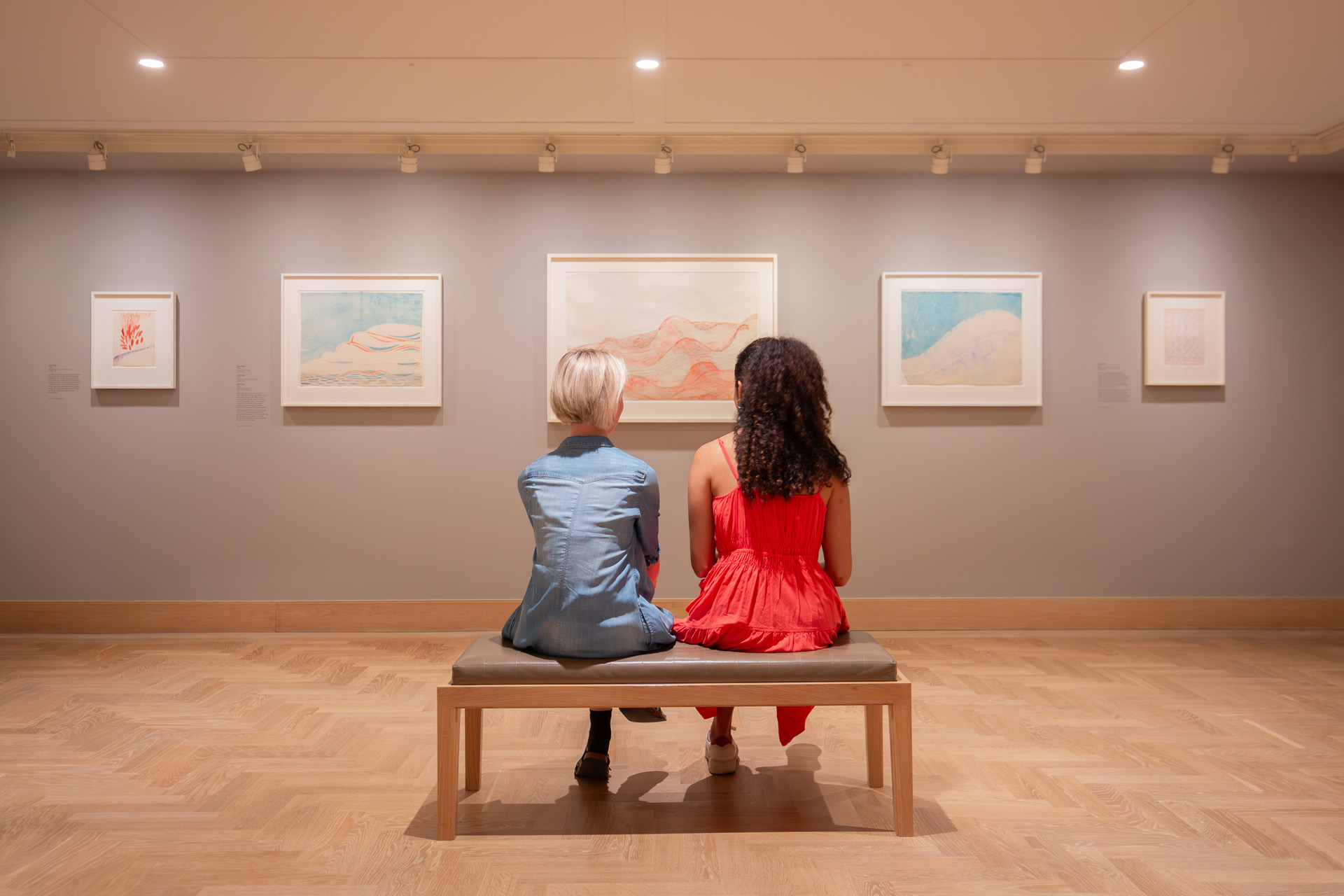
Abstract Erotic at The Courtauld (20 June-14 September 2025). (The Courtauld © Fergus Carmichael)
Where To See Women’s Art In London
Sigrid’s top picks.
Abstract Erotic: Louise Bourgois, Eva Hesse, Alice Adams, The Courtauld
‘These women were way ahead of their time; long before the women’s movement really took off, Bourgeois, Hesse, and Adams were already messing with ideas about the body, sex, and power through the use of weird, visceral materials. Critic Lucy Lippard nailed it when she called it “abstract erotic”. She could see even then they were chasing something that turned out to actually be feminist art.’
Details: 20 June to 14 September 2025 at The Courtauld (Somerset House, Strand, London WC2R 0RN). Tickets from £16pp.
Tai Shani: The Spell or The Dream, Somerset House
‘If you like experiential art that merges myth, politics and community, this is a project you don’t want to miss. She’s going to turn Somerset House courtyard into this mad dreamy space, part fairy tale, part protest rally and I think it’s exactly the kind of ambitious, weird, multi disciplinary and imaginative we need right now.’
Details: 7 August to 14 September 2025 at Edmond J. Safra Fountain Court, Somerset House (Strand, London WC2R 1LA). The installation is free to see.
The Ned, Bank
‘If you face a date night in London rather than going abroad, why not stay at The Ned Hotel in the City. Curated by Kate Bryan, Global Head of Collections at Soho House and launched in 2016, the project permanently installs 100 works in the former bank’s underground vaults. The 93 works by women and seven by men in the Vault 100 make up 93 percent female representation, purposefully reflecting the gender ratio of FTSE 100 CEOs at the time and flipping the script on male dominance.’
Details: Find The Ned at 27 Poultry, London EC2R 8AJ.
Sculpture in the City
‘Sculpture in the City is a free annual outdoor art trail across London’s Square Mile. This year it features powerful works by women artists like Jane & Louise Wilson and Maya Rose Edwards. Just download the free Bloomberg Connects app to explore and learn more as you wander.’
Details: Until spring 2026 in the City of London.
Temple of Relics, Shoreditch
‘Pavilions are the art form du jour this season. Brookfield Properties Temple of Relics at Principal Place designed by Simone Brewsterand curated by Samantha Williams is a vibrant sit-in playground in the City.’
Details: Find it at 1 Principal Pl, London EC2A 2BA until 14 September 2025.
View this post on Instagram
A Capsule in Time, Serpentine
‘Marina Tabassum’s 2025 Serpentine Pavilion A Capsule in Time turns Kensington Gardens into a contemplative haven built from woven local materials reflecting her Bangladeshi heritage and interest in place, climate, and how communities gather.’
Details: Find it in Kensington Gardens (London W2 3XA) until 26 October 2025.
The Line, East London
‘The Line is a free public art trail featuring around 20 sculptures and installations, running along the waterways from the Queen Elizabeth Olympic Park to The O2. This year powerful new works by women artists were launched including Helen Cammock, who explores stories of water and migration and Hélène Amouzou whose portraits of refugees bring urgent personal narratives into the city landscape.’
Details: The Line is open 24/7. The full Line takes around four hours to complete, and you can complete it in one go or visit different sections at different times. The North end is near Stratford station and the South end is near North Greenwich station.
St James’s Park Station
‘If you’re visiting one of London’s royal parks, take a moment to pop by St James’s Park tube station, the only Grade 1 listed station in London, to see Hannah Quinlan and Rosie Hastings’ stunning new mosaic commission, Angels of History. This is made up of six richly detailed panels that blend Roman, Gothic, and Renaissance styles to explore power, gender, and public space through haunting, androgynous angel figures. As a permanent artwork, it can be viewed at any time. Just head down into the atrium off the Broadway entrance, no ticket or pass required.’
Details: Find it on the corner of Petty France and Caxton St Broadway (London SW1H 0BB).
Sigrid Kirk is an art curator, advisor and strategist, and co-founder of the Association of Women in the Arts (AWITA). AWITA’s third annual Build Your Own Art World conference took place on Monday 7 July 2025. Find out more at awita.london

